Increased Healthcare Expenditure
Japan's healthcare expenditure has been on the rise, which is positively impacting the radiology services market. The government has been investing heavily in healthcare infrastructure, aiming to improve access to advanced medical technologies. In 2025, healthcare spending is projected to reach approximately ¥45 trillion, with a significant portion allocated to diagnostic services. This increase in funding is likely to facilitate the acquisition of advanced imaging equipment and the expansion of radiology departments in hospitals. Consequently, the radiology services market is expected to benefit from enhanced service offerings and improved patient access to essential diagnostic imaging.
Expansion of Tele-radiology Services
The expansion of tele-radiology services is emerging as a key driver in the radiology services market. With advancements in communication technology, remote interpretation of radiological images is becoming more feasible. This trend is particularly beneficial for rural and underserved areas in Japan, where access to radiology specialists may be limited. Tele-radiology not only enhances access to diagnostic services but also allows for quicker turnaround times in image interpretation. As healthcare facilities increasingly adopt tele-radiology solutions, the radiology services market is likely to experience growth, driven by the demand for efficient and accessible imaging services.
Rising Demand for Diagnostic Imaging
The increasing prevalence of chronic diseases in Japan is driving the demand for diagnostic imaging services within the radiology services market. Conditions such as cancer, cardiovascular diseases, and neurological disorders necessitate advanced imaging techniques for accurate diagnosis and treatment planning. According to recent data, the market for diagnostic imaging is projected to grow at a CAGR of approximately 5.2% from 2025 to 2030. This growth is indicative of a broader trend where healthcare providers are increasingly relying on radiology services to enhance patient outcomes. As a result, the radiology services market is likely to experience heightened activity, with investments in state-of-the-art imaging technologies becoming a priority for healthcare facilities.
Integration of Artificial Intelligence
The integration of artificial intelligence (AI) in radiology is transforming the landscape of the radiology services market in Japan. AI technologies are being utilized to improve the accuracy and efficiency of image analysis, thereby reducing the workload on radiologists. This technological advancement is expected to enhance diagnostic capabilities and streamline workflows. Reports suggest that AI applications in radiology could potentially reduce diagnostic errors by up to 30%. As healthcare providers increasingly adopt AI solutions, the radiology services market is likely to witness a surge in demand for AI-enhanced imaging services, leading to improved patient care and operational efficiency.
Growing Awareness of Preventive Healthcare
There is a notable shift towards preventive healthcare in Japan, which is influencing the radiology services market. As the population becomes more health-conscious, there is an increasing demand for routine screenings and early detection of diseases. This trend is reflected in the rising number of health check-ups that incorporate imaging services. The radiology services market is likely to see a corresponding increase in demand for preventive imaging modalities such as mammography and CT scans. This growing awareness is expected to drive market growth, as healthcare providers adapt to meet the needs of a more proactive patient population.


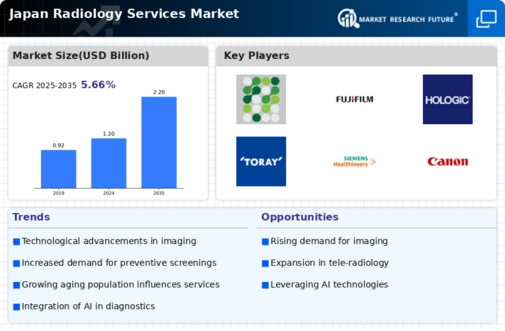
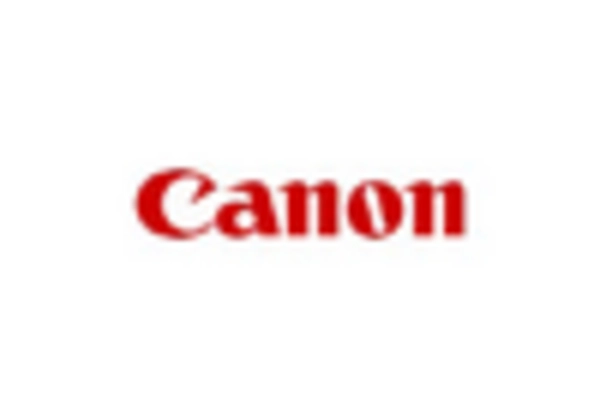
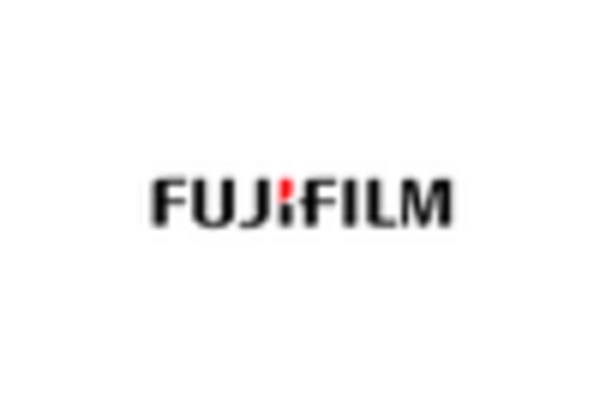
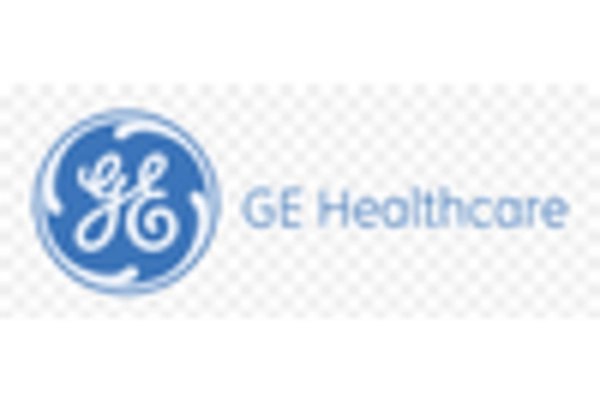

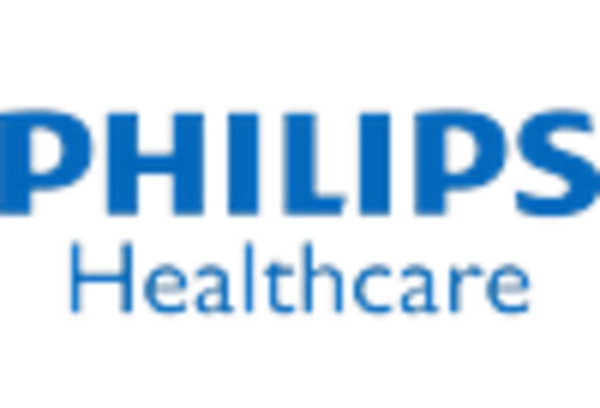
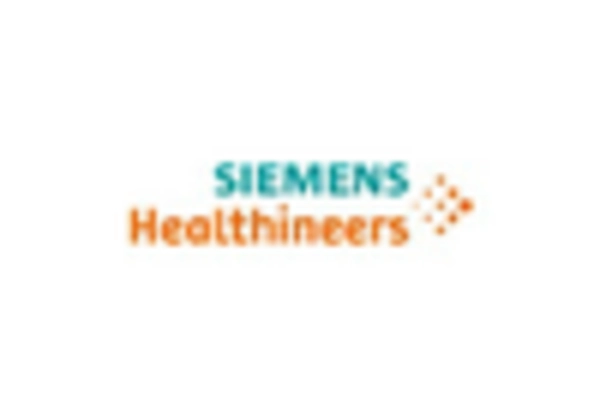








Leave a Comment